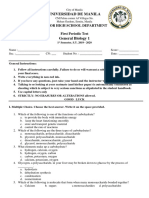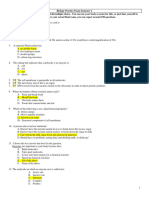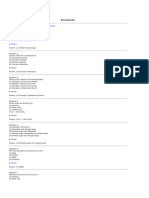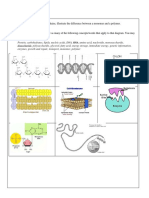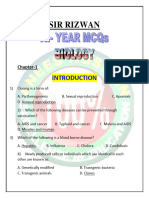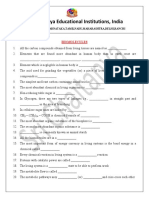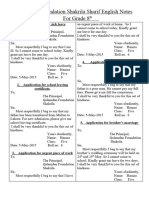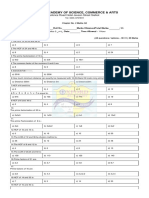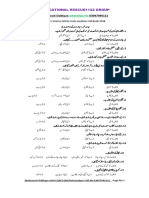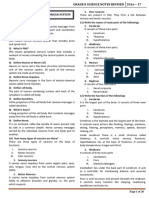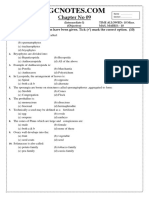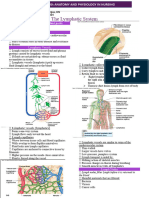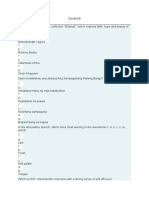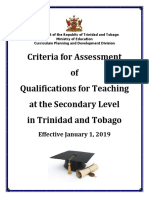0% found this document useful (0 votes)
27 views4 pagesChapter 2
This document contains two biology exam questions - an objective question section with 10 multiple choice questions worth 10 marks, and a subjective question section with 5 short answer questions worth 2 marks each (10 marks total) and 2 long answer questions worth 4 marks each (8 marks total).
The objective questions cover topics like the composition of mammalian cells and brain cells, types of metabolism, nucleic acids, carbohydrates like cellulose and glycogen, proteins like hemoglobin, lipids, and types of cells.
The subjective questions ask about topics such as the structure of fibrous proteins, amino acid formulas, starches, hydrolysis of oligosaccharides, phospholipids, polysaccharides, types of proteins, DNA, and RNA
Uploaded by
bszool006Copyright
© © All Rights Reserved
We take content rights seriously. If you suspect this is your content, claim it here.
Available Formats
Download as PDF, TXT or read online on Scribd
0% found this document useful (0 votes)
27 views4 pagesChapter 2
This document contains two biology exam questions - an objective question section with 10 multiple choice questions worth 10 marks, and a subjective question section with 5 short answer questions worth 2 marks each (10 marks total) and 2 long answer questions worth 4 marks each (8 marks total).
The objective questions cover topics like the composition of mammalian cells and brain cells, types of metabolism, nucleic acids, carbohydrates like cellulose and glycogen, proteins like hemoglobin, lipids, and types of cells.
The subjective questions ask about topics such as the structure of fibrous proteins, amino acid formulas, starches, hydrolysis of oligosaccharides, phospholipids, polysaccharides, types of proteins, DNA, and RNA
Uploaded by
bszool006Copyright
© © All Rights Reserved
We take content rights seriously. If you suspect this is your content, claim it here.
Available Formats
Download as PDF, TXT or read online on Scribd
/ 4




